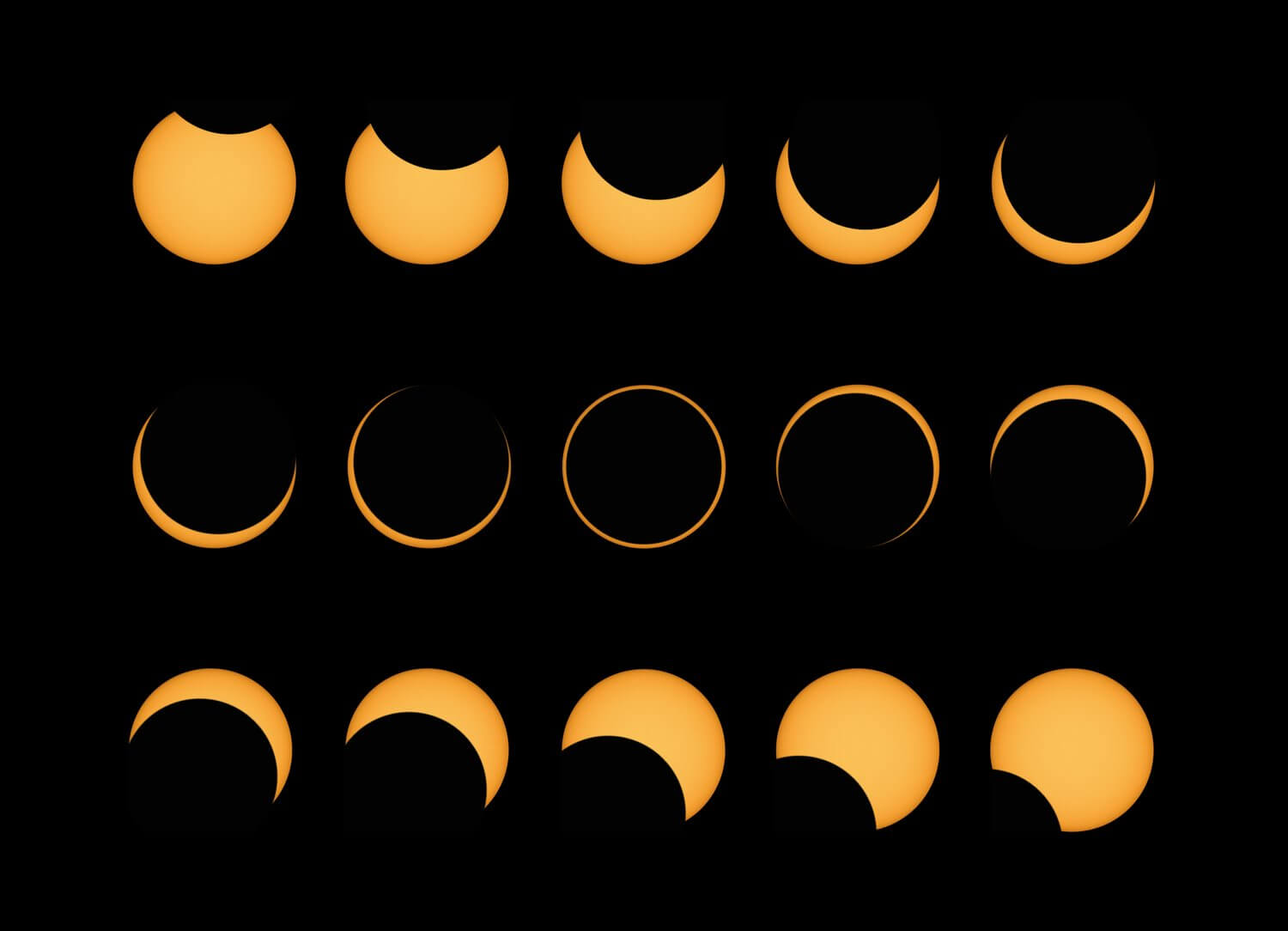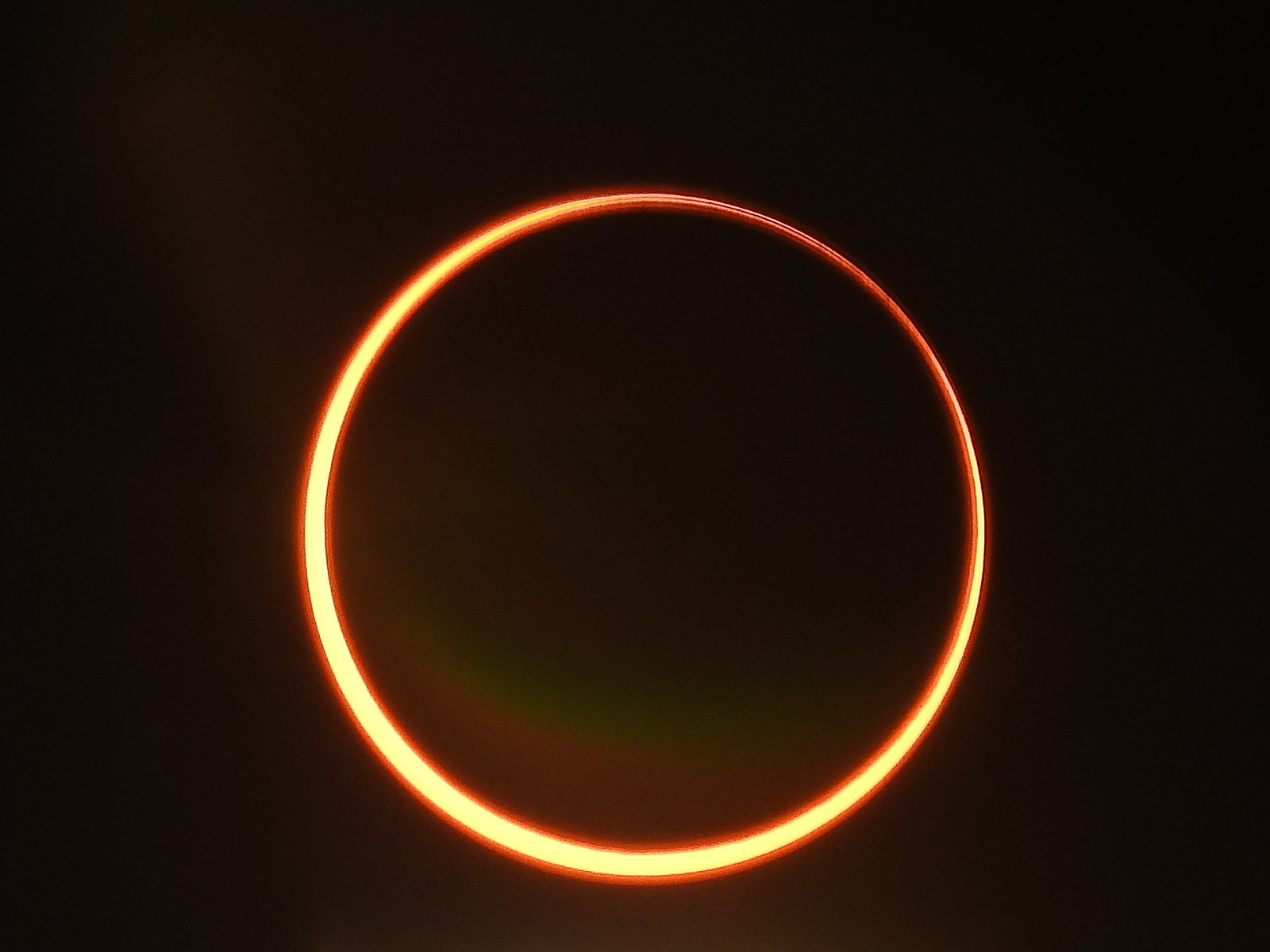The 'Ring Of Fire' Eclipse: Unveiling The Spectacle Of Annular Solar Eclipses
The cosmos continually offers us breathtaking spectacles, from meteor showers to planetary alignments. Among these celestial wonders, solar eclipses stand out as particularly captivating events. While many are familiar with total solar eclipses, there's another equally mesmerizing type that creates a unique visual phenomenon: the annular solar eclipse. Often dubbed the "ring of fire" eclipse, this event offers a different kind of celestial ballet, where the Moon, instead of completely obscuring the Sun, frames it with a brilliant halo. It's a moment when the Sun, Moon, and Earth align in a perfect, yet subtly different, harmony. This article delves into the fascinating world of annular solar eclipses, explaining what they are, how they occur, and why they continue to enchant skywatchers and astronomy enthusiasts across the globe.
What Exactly is an Annular Solar Eclipse?
An annular solar eclipse is a specific type of solar eclipse that occurs when the New Moon passes directly between the Earth and the Sun. However, unlike a total solar eclipse where the Moon fully covers the Sun's disk, during an annular eclipse, the Moon does not cover the Sun's disk completely. Instead, it covers most of the Sun, leaving its outer edges visible. This creates a stunning visual effect: a bright ring of sunlight surrounding the dark silhouette of the Moon. This is precisely why it's so famously referred to as a "ring of fire" solar eclipse, or sometimes, an "annulus" (Latin for ring).
During an annular eclipse, the Moon is perfectly centered in front of the Sun. This precise alignment of the Sun, Moon, and Earth is crucial for any solar eclipse. However, the key differentiator for an annular eclipse is that the Moon’s apparent diameter—how large it appears from Earth—is smaller than the Sun’s apparent diameter. This difference in apparent size is what prevents the Moon from completely obscuring the Sun, leaving that characteristic fiery ring.
The Science Behind the "Ring of Fire"
Why Isn't the Sun Fully Covered?
The reason the Moon doesn't completely cover the Sun during an annular eclipse lies in the dynamics of our solar system. The Moon's orbit around Earth is not a perfect circle; it's elliptical. This means that at different times of the month, the Moon is either closer to Earth (at perigee) or farther away (at apogee). An annular solar eclipse occurs when the Moon is near its farthest point from Earth, or at least far enough that its apparent size in the sky is smaller than the Sun's. Even though the Moon is much smaller than the Sun in actual physical size, its proximity to Earth usually allows it to cover the Sun. But when it's farther away, its smaller apparent diameter results in the "ring of fire" effect.
Understanding the Shadow: The Antumbral Cone
Another scientific aspect unique to annular eclipses involves the Moon's shadow. During any solar eclipse, the Moon casts a shadow on Earth. This shadow has different parts: the darkest, innermost part is the umbra, and the lighter, outer part is the penumbra. For a total solar eclipse, the umbral cone reaches Earth, plunging observers into darkness. However, during an annular solar eclipse, the umbral cone doesn't quite reach Earth. Instead, it creates what's known as an antumbral shadow. Those located within this antumbral shadow, along what is called the "path of annularity," are the fortunate observers who get to witness the magnificent "ring of fire." Outside this narrow path, observers might still see a partial solar eclipse, where only a portion of the Sun is covered by the Moon.
Recent and Upcoming Annular Eclipse Events
Annular solar eclipses are relatively rare and highly anticipated events for skywatchers globally. The path of annularity is usually quite narrow,

Where to Watch the October 14th Annular Solar Eclipse Online - Sky

Ring of Fire Eclipse Watch

How To Watch The Rare "Ring Of Fire" Solar Eclipse On June 10th